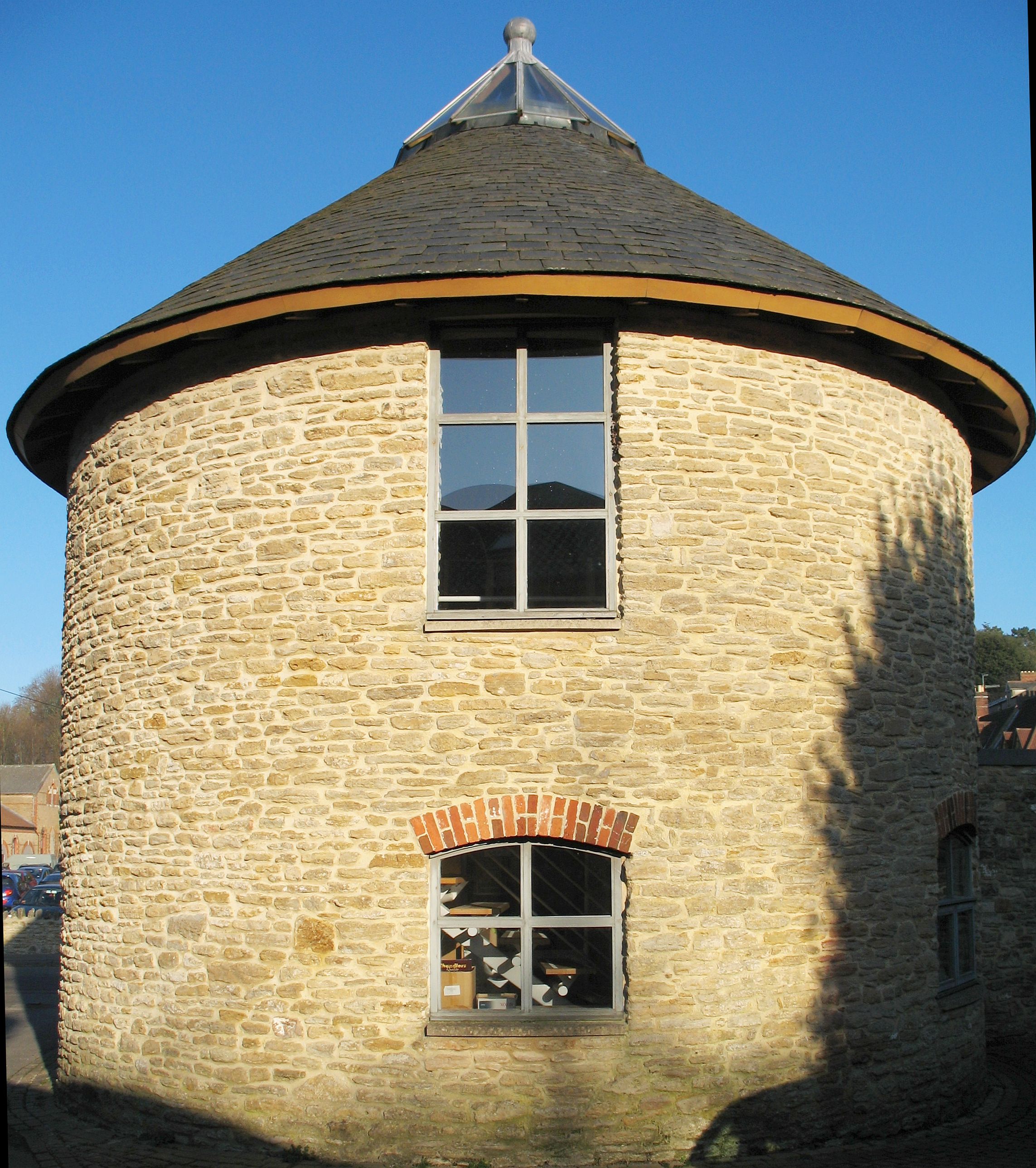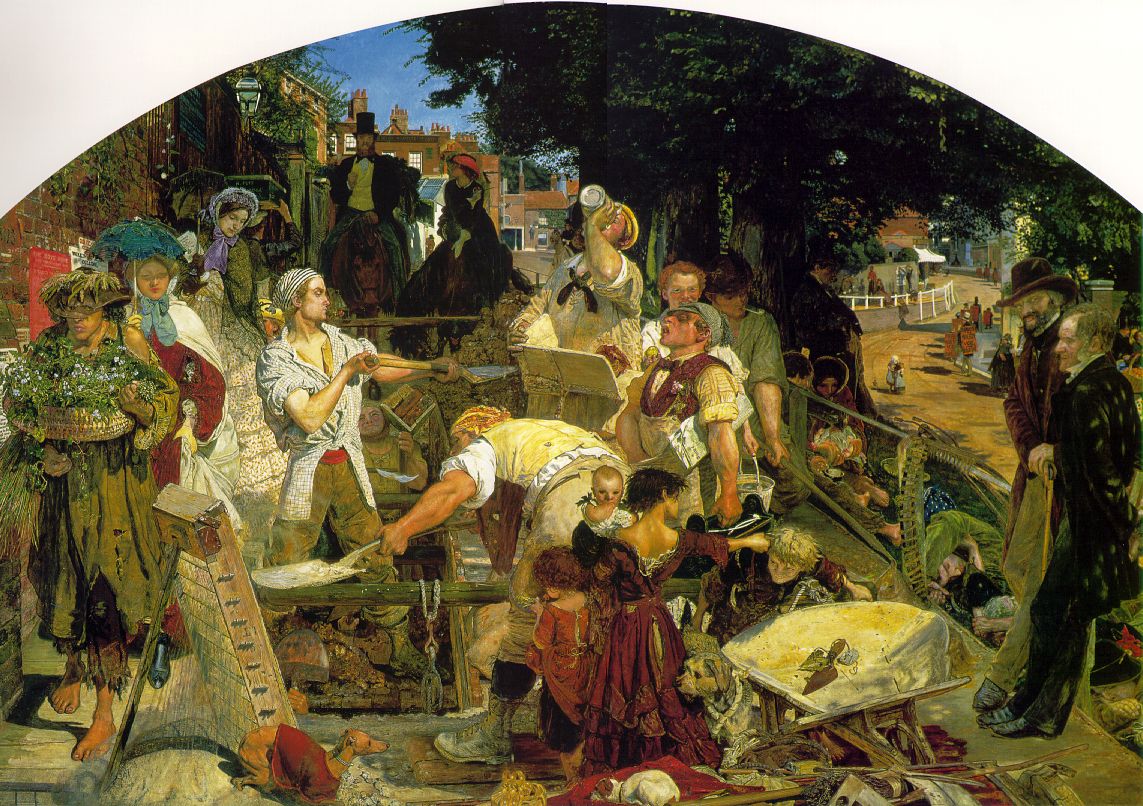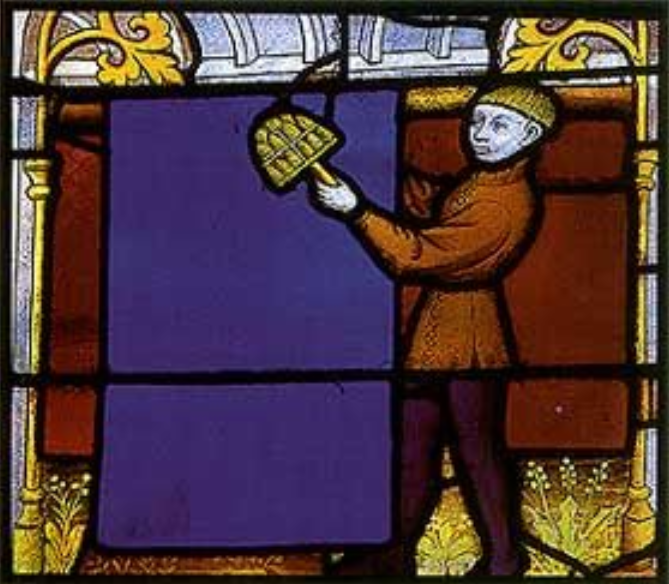|
Sheppard Family (clothiers)
The Sheppard family dominated cloth manufacture in Frome, Somerset, England. They were the first to introduce machinery into the area and in the first quarter of the 19th century were the largest employers. First names of the Sheppard family occur again and again down the centuries: John, Edward, William, Thomas, Eleanor, Walter, George. In the town their name is attached to three places: the Emma Sheppard Centre for dementia day care, Sheppards Barton where there is a plaque at the south end of the barton and Network Rail's Sheppards Overbridge on the lane leading to Garston Farm once owned by them. John Sheppard (c1614-1675) ''founder of the family'' John was the first of his surname to be directly associated with the cloth industry in Frome. There were earlier Sheppards in Frome, renting land in the 16th century on Rodden Down, but no pedigree can be established. His trade was as a cardboard maker - making boards for carding wool. Spinners prepared the wool by combing ... [...More Info...] [...Related Items...] OR: [Wikipedia] [Google] [Baidu] |
Frome
Frome ( ) is a town and civil parish in Somerset, England, on uneven high ground at the eastern end of the Mendip Hills and on the River Frome, south of Bath. The population of the parish was 28,559 in 2021. Frome was one of the largest towns in Somerset until the Industrial Revolution. The town first grew due to the wool and cloth industry; it later diversified into metal-working and printing, although these have declined. The town was enlarged during the 20th century but retains a large number of listed buildings, and most of the centre falls within a conservation area. The town has road and rail transport links and acts as an economic centre for the surrounding area. It provides a centre for cultural and sporting activities, including the annual Frome Festival and Frome Museum. In 2014, Frome was named by ''The Times'' as the "sixth coolest town" in Britain. It was shortlisted as one of three towns in the country for the 2016 Urbanism Awards in the 'Great Town Award' c ... [...More Info...] [...Related Items...] OR: [Wikipedia] [Google] [Baidu] |
Hampstead
Hampstead () is an area in London, England, which lies northwest of Charing Cross, located mainly in the London Borough of Camden, with a small part in the London Borough of Barnet. It borders Highgate and Golders Green to the north, Belsize Park to the south and is surrounded from the northeast by Hampstead Heath, a large, hilly expanse of parkland. Hampstead is known for its intellectual, artistic, liberal, and literary associations. It contains a number of listed buildings, such as Burgh House, Kenwood House, the Spaniard's Inn, and the Everyman cinema. With some of the most expensive housing in London, Hampstead has had many notable residents, both past and present, including King Constantine II of Greece and his wife Queen Anne Marie, Helena Bonham Carter, Agatha Christie, T. S. Eliot, Jon English, Sigmund Freud, Stephen Fry, Ricky Gervais, Jim Henson, George Orwell, Harry Styles and Elizabeth Taylor. As of 2004, Hampstead has been home to more Prime Mini ... [...More Info...] [...Related Items...] OR: [Wikipedia] [Google] [Baidu] |
Paradiso (Dante)
''Paradiso'' (; Italian for "Paradise" or "Heaven (Christianity), Heaven") is the third and final part of Dante's ''Divine Comedy'', following the ''Inferno (Dante), Inferno'' and the ''Purgatorio''. It is an allegory telling of Dante's journey through Heaven, guided by Beatrice Portinari, Beatrice, who symbolises theology. In the poem, Paradise is depicted as a series of concentric spheres surrounding the Earth, consisting of the Moon, Mercury (planet), Mercury, Venus, the Sun, Mars, Jupiter, Saturn, the Fixed stars, Fixed Stars, the Primum Mobile and finally, the Empyrean. It was written in the early 14th century. Allegorically, the poem represents the soul's ascent to God. Introduction The ''Paradiso'' begins at the top of Purgatorio, Mount Purgatory, called the Purgatorio#The Earthly Paradise, Earthly Paradise (i.e. the Garden of Eden), at noon on Wednesday, March 30 (or April 13), 1300, following Easter Sunday. Dante's journey through Paradise takes approximately twenty-f ... [...More Info...] [...Related Items...] OR: [Wikipedia] [Google] [Baidu] |
John Sheppard (writer)
John Sheppard (15 October 1785 – 30 April 1879) was an English religious writer. Life Born on 15 October 1785 at Frome, Somerset, where the Sheppard family had resided for a century, he was son of Mary Kelson, daughter of John Banger of Puddletown, Dorset, and her husband, John Sheppard (c1748-92). He left school in 1800 to enter the woollen trade, in which most of the family were engaged. In 1806, after his father's death, he and his mother joined the Baptists, to which many of his relatives belonged. With John Foster, a Baptist minister in Frome for a period from 1804, Sheppard developed a close friendship. The death of his uncle, Walter Sheppard, who made him his heir, allowed Sheppard to retire from business. In 1812 he entered the University of Edinburgh as a medical student, but switched to the study of philosophy and Hebrew. During two years' residence at Edinburgh he formed friendships with Thomas Chalmers and John Pinkerton. In 1816 and 1817 he made tours through Franc ... [...More Info...] [...Related Items...] OR: [Wikipedia] [Google] [Baidu] |
Lincoln's Inn Fields
Lincoln's Inn Fields is located in Holborn and is the List of city squares by size, largest public square in London. It was laid out in the 1630s under the initiative of the speculative builder and contractor William Newton, "the first in a long series of entrepreneurs who took a hand in developing London", as Sir Nikolaus Pevsner observes. The original plan for "laying out and planting" these fields, drawn by the hand of Inigo Jones, was said still to be seen in Lord Pembroke's collection at Wilton House in the 19th century, but its location is now unknown. The West End of London, West End grounds, which had remained private property, were acquired by London County Council in 1895 and opened to the public by its chairman, Sir John Hutton, the same year. The square is today managed by the London Borough of Camden and forms part of the southern boundary of that borough with the City of Westminster. Lincoln's Inn Fields takes its name from the adjacent Lincoln's Inn, of whic ... [...More Info...] [...Related Items...] OR: [Wikipedia] [Google] [Baidu] |
Neolithic
The Neolithic or New Stone Age (from Ancient Greek, Greek 'new' and 'stone') is an archaeological period, the final division of the Stone Age in Mesopotamia, Asia, Europe and Africa (c. 10,000 BCE to c. 2,000 BCE). It saw the Neolithic Revolution, a wide-ranging set of developments that appear to have arisen independently in several parts of the world. This "Neolithic package" included the History of agriculture, introduction of farming, domestication of animals, and change from a hunter-gatherer lifestyle to one of sedentism, settlement. The term 'Neolithic' was coined by John Lubbock, 1st Baron Avebury, Sir John Lubbock in 1865 as a refinement of the three-age system. The Neolithic began about 12,000 years ago, when farming appeared in the Epipalaeolithic Near East and Mesopotamia, and later in other parts of the world. It lasted in the Near East until the transitional period of the Chalcolithic (Copper Age) from about 6,500 years ago (4500 BCE), marked by the development ... [...More Info...] [...Related Items...] OR: [Wikipedia] [Google] [Baidu] |
Nap (textile)
Primarily, nap is the raised (fuzzy) surface on certain kinds of cloth, such as velvet or moleskin. Nap can refer additionally to other surfaces that look like the surface of a napped cloth, such as the surface of a felt or beaver hat. Starting around the 14th century, the word referred originally to the roughness of woven cloth before it was sheared."nap". ''The Oxford English Dictionary''. 2nd ed. 1989. When cloth, especially woollen cloth, is woven, the surface of the cloth is not smooth, and this roughness is the nap. Generally the cloth is then "sheared" to create an even surface, and the nap is thus removed. A person who trimmed the surface of cloth with shears to remove any excess nap was known as a shearman. Nap typically has a direction in which it feels smoothest. In garments, nap direction is often matched across seams, because cloth will not only feel but look different depending on the direction of the nap. For this reason, sewing patterns frequently show the nap d ... [...More Info...] [...Related Items...] OR: [Wikipedia] [Google] [Baidu] |
Selwood, Somerset
Selwood is a civil parish in Somerset, England, which takes its name from the ancient Selwood Forest. The parish almost entirely surrounds the town of Frome, and includes the villages of East Woodlands, West Woodlands and Rodden, and the hamlets of Alder Row and Blatchbridge. In 2011 the parish had a population of 798. History Roddenbury Hillfort is a univallate Iron Age hillfort. It is a Scheduled Ancient Monument and on the Heritage at Risk Register. The ancient Selwood Forest stretched approximately between Gillingham in Dorset and Chippenham in Wiltshire. Between the eighth and early eleventh centuries it was an important boundary between east and west Wessex, and in 705 the bishopric of Sherborn was established for those "west of Selwood". Only a few fragments of the forest now survive. The area was part of the hundred of Frome. The civil parish was created in 1894 from parts of Frome parish. In 1901, an area containing 201 houses was transferred back to Frome, and i ... [...More Info...] [...Related Items...] OR: [Wikipedia] [Google] [Baidu] |
Blue House, Frome
The Blue House in Frome, Somerset, England, was built in 1726 and has been designated as a Grade I listed building. The Blue House, located adjacent to the town bridge, was formerly the Bluecoat School and Almshouses, so named due to the colour of the school uniforms. Built in 1726 at a cost of £1,401 8''s'' 9''d'', it replaced a previous almshouse dating from 1461 (and rebuilt in 1621). The Blue House provided accommodation for 20 female widows, and schooling for 20 boys, and the front of the building is adorned by two statues, one of a man, colloquially known as "Billy Ball", and one a woman called "Nancy Guy", indicating the building's dual role. Its role as a school ceased in 1921, and it now provides studio and one bedroom flats for 17 elderly residents. See also * List of Grade I listed buildings in Mendip Mendip is a former local government district in the English county of Somerset. The Mendip district covers a largely rural area of ranging from the Mendip Hills th ... [...More Info...] [...Related Items...] OR: [Wikipedia] [Google] [Baidu] |
Thomas Byard
Captain Sir Thomas Byard (bapt. 25 September 1743 – 30 October 1798) was an officer of the British Royal Navy during the French Revolutionary Wars. He is best known for his service in two significant battles, fighting at the Battle of Camperdown in 1797 and the Battle of Tory Island in 1798. In these engagements Byard was highly praised for his conduct and he contributed materially to both victories. He was also knighted in 1789 for his service to King George III, personally steering the King's barque at the fleet review at Portsmouth in that year. Life He was born in September 1743 in Burton-on-Trent the son of Ann and Henry Byard. He was christened at St Modwen's, Burton upon Trent on 25 September. He passed the lieutenant's exam for the Royal Navy in 1762. However, he was not commissioned until 1773 and only in 1782 received his first command: the fireship, HMS Spitfire. Byard was promoted to post captain in 1783 at the end of the American Revolutionary War, and remained i ... [...More Info...] [...Related Items...] OR: [Wikipedia] [Google] [Baidu] |
William Donthorn
William John Donthorn (Donthorne in some sources) (1799 – 18 May 1859) was an English architect, and one of the founders of what became the Royal Institute of British Architects (RIBA). He was born in Swaffham, Norfolk. He was a pupil of Sir Jeffry Wyattville from 1817 to 1820, and as part of his training, exhibited at the Royal Academy Summer Exhibition in 1817. He worked both in the Gothic and Classical styles but is perhaps best known for his severe Greek Revival country houses, most of which have been demolished. In 1834 he was one of several prominent architects to form the Institute of British Architects in London (later the RIBA). A large number of his drawings are in the RIBA drawings collection, now housed at the Victoria and Albert Museum. His work is analysed by Roderick O'Donnell as architecture "with great hardness and decision in the edges". Works * Cromer Hall, Cromer, Norfolk, 1829 * Heronden Hall, Tenterden, Kent, 1846 * Elmham Hall, Norfolk (demolish ... [...More Info...] [...Related Items...] OR: [Wikipedia] [Google] [Baidu] |






